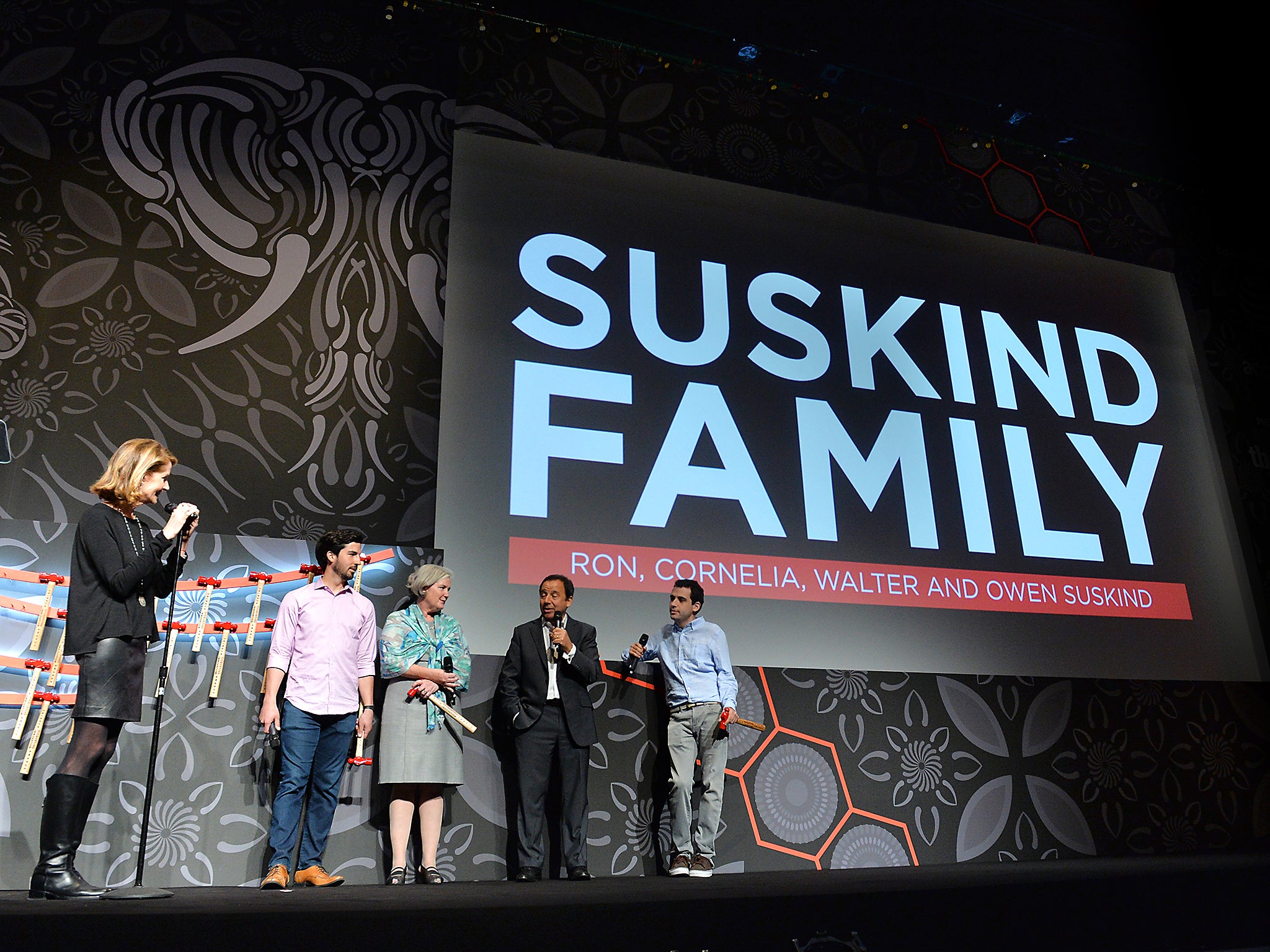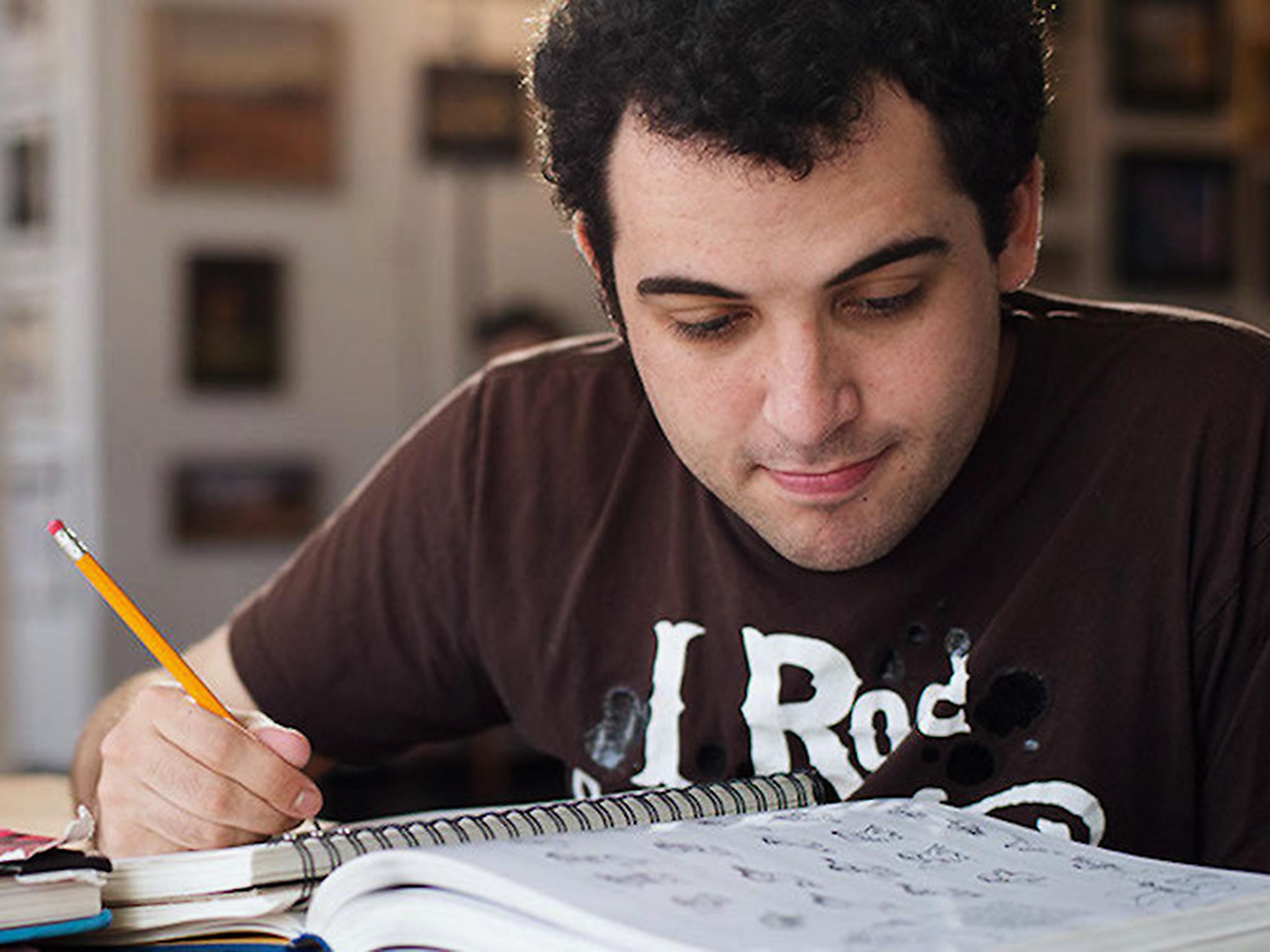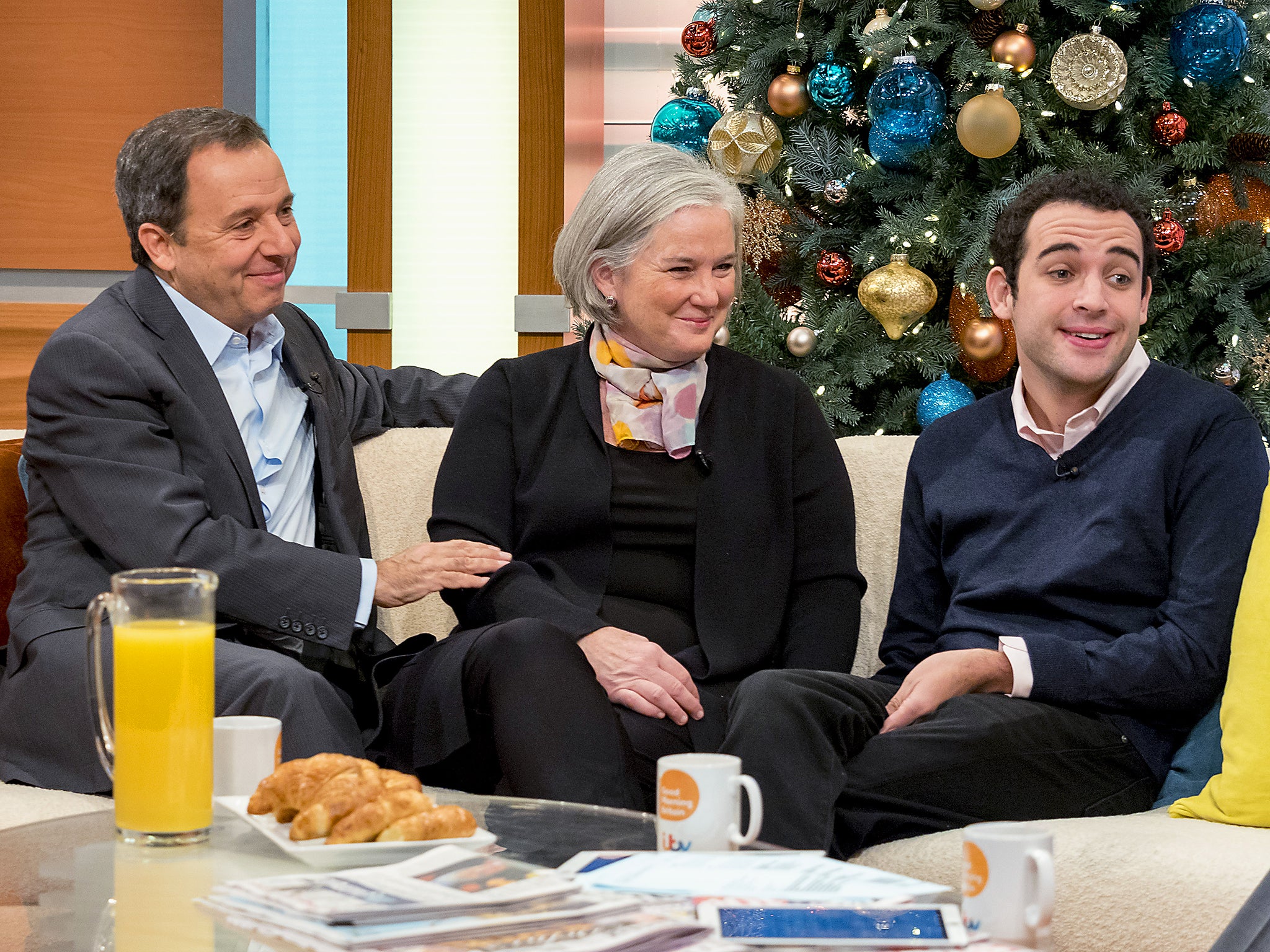Disney films are much more than entertainment. They can help children with autism interact with other people
Animated films have become a lifeline for children with autism trying to make sense of the world around them, and now therapists are using them as a diagnosis tool to detect autism in infants

Cartoons, eh? High-octane nonsense that’s fit for nothing more than plonking the kids in front of, leaving you a few precious moments while they’re distracted.
Or maybe not. Take the fascinating story of Owen Suskind who, at the age of three, suddenly stopped talking, lost the bright, happy character he was known for, and couldn’t even walk in a straight line any more.
In 1994 Owen — the son of Cornelia and Ron Suskind, both journalists (he a Pulitzer Prize-winner) — was diagnosed with regressive autism, which occurs after a child has begun to develop, and continues until they are unable to communicate. The Suskinds explored every therapy available. But in the end progress came from a rather unexpected source: Disney movies.
Owen’s story has been made into a documentary, Life, Animated, by the Academy Award winning filmmaker, Roger Ross Williams. The movie, which is adapted from Ron Suskind's book about his son's story, weaves clips from Owen's favourite Disney movies with footage from his childhood, and went on to win the Best Documentary award at the Sundance Film Festival.
Life, Animated is a story that would be too audacious were it not true. Over the years, watching and rewatching Disney classics helped Owen — now an adult — relearn to communicate and interpret the social norms that can seem immensely complicated to someone on the autism spectrum.

It was, as Williams says, the constant animated prods to Owen’s imagination that somehow reconnected the confusion inside him, and allowed him to once again speak.
It's undoubtedly a fascinating and heart-warming tale, but ultimately a one-off? Is it just one of those things we can't explain?
Perhaps not. There is a growing link between animation — not just Disney — and positive effects in young people living with autism. Take Michael Yochim, for example, who, now 22-years-old, was diagnosed with autism as an infant. The cartoons he watched while growing up allowed him to make sense of life and the world around him.
“I was very much fond of watching anime and cartoons,” says Michael, who was known for sketching bandana-wearing cats in art class at high school. “I enjoyed animation so much, that I wanted to somehow bring that work to life.”

Watch Apple TV+ free for 7 day
New subscribers only. £8.99/mo. after free trial. Plan auto-renews until cancelled.
ADVERTISEMENT. If you sign up to this service we will earn commission. This revenue helps to fund journalism across The Independent.

Watch Apple TV+ free for 7 day
New subscribers only. £8.99/mo. after free trial. Plan auto-renews until cancelled.
ADVERTISEMENT. If you sign up to this service we will earn commission. This revenue helps to fund journalism across The Independent.
Michael went on to enrol at Exceptional Minds, a vocational school for young adults with autism, based in Sherman Oaks, California, which specialises in teaching its students skills in animation, web design, graphics and art.
Dee McVicker from Exceptional Minds says, “I can tell you that for so many of our students and graduates, animation has been their world growing up. It’s taught them everyday skills, and has been a friend to them in so many ways.

“When I sit in the school’s cafeteria and listen to the students talk to one another, I’m not exaggerating when I say that nine times out of ten, they’re talking about some animation or another. Often, they talk about animated characters as if they’re old friends!”
Indeed, Howie Hoffman, an animation director at Exceptional Minds, affectionately refers to the students as “cartoon souls”, because they seem to understand animated films in ways that are perhaps alien to other people.
Exceptional Minds isn’t just about teaching animation as a distraction; it's actually getting young people with autism into the world of work. Graduates from the school have worked on autism initiative See Amazing In All Children, created by the Sesame Street studios, on Cartoon Network’s anti-bullying campaign, and within Nickelodeon.
Sherrie Westin, the Executive Vice President of Global Impact and Philanthropy for Sesame Workshop, says, “This collaboration is a perfect example of what this initiative is all about: seeing the amazing in all people. These young men and women at Exceptional Minds are creative, determined and amazing artists.”
The school’s staff and students also met Ron Suskind, and presented him with an animated short film they had created for his son Owen.
It has been understood for sometime that children with autism react differently to stimulus than others; in 2009 a study published in the journal Nature looked at a sample of two-year-olds to determine whether children on the spectrum reacted in different ways when animations were shown upside down or in reverse.
It was then suggested that such tests could be used as an early-warning system to detect signs of autism in the very young.
But it’s become clear, through the fascinating story of Owen Suskind, and the work done at Exceptional Minds, that cartoons are far more valuable than as a mere diagnosis tool. For some, they’re a lifeline that helps them make sense of the world around them . . . no matter how frantic and chaotic the animated adventures might seem to the rest of us.
Join our commenting forum
Join thought-provoking conversations, follow other Independent readers and see their replies
Comments